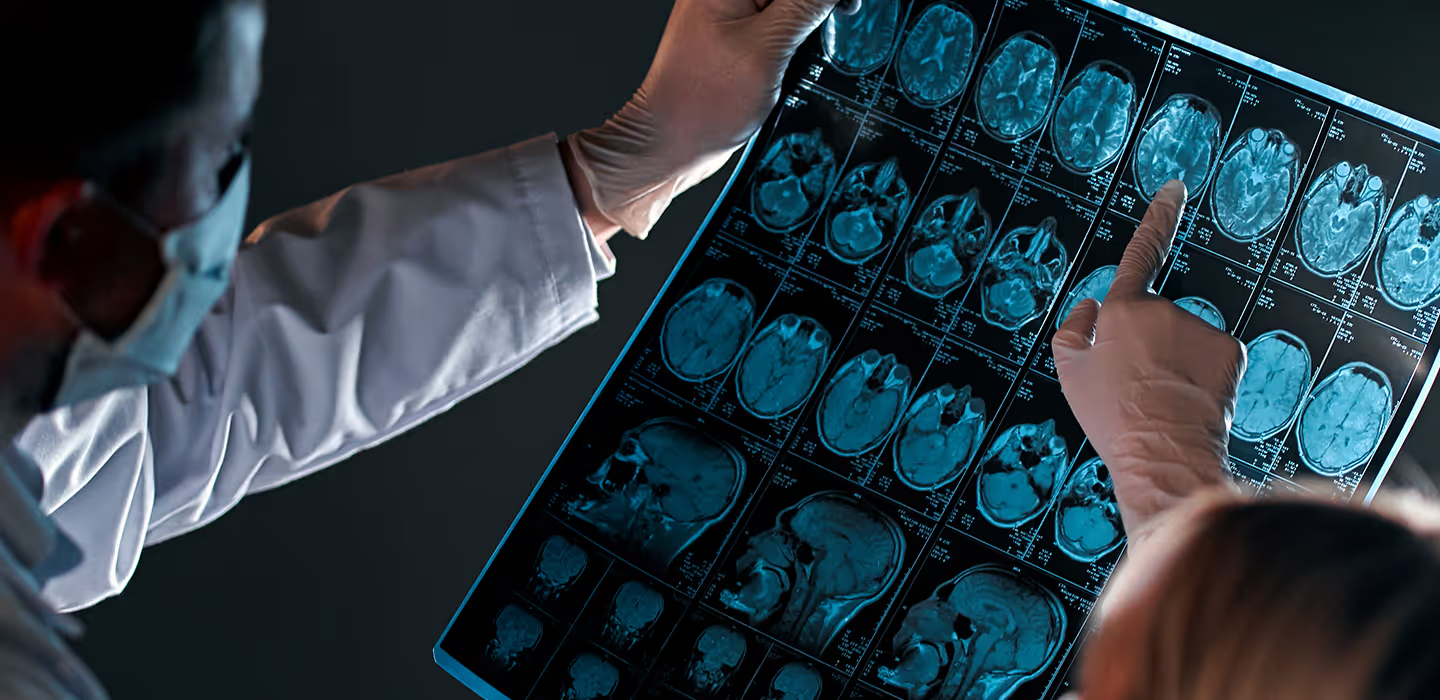Scientific
publications

Lipid nanocapsules for the nose-to-brain delivery of the anti-inflammatory bioactive lipid PGD2-G
Here, prostaglandin D2-glycerol ester (PGD2-G) was selected to target neuroinflammation. As PGD2-G is reported to have a short plasmatic half-life, we propose to use lipid nanocapsules (LNC) as vehicle to safely transport PGD2-G to the central nervous system (CNS). PGD2-G-loaded LNC (PGD2-G-LNC) reduced pro-inflammatory cytokine expression in activated microglial cells, even so after crossing a primary olfactory cell monolayer. A single nasal administration of PGD2-G-LNC in lipopolysaccharide (LPS)-treated mice reduced pro-inflammatory cytokine expression in the olfactory bulb. Coating LNC's surface with a cell-penetrating peptide, transactivator of transcription (TAT), increased its accumulation in the brain. Although TAT-coated PGD2-G-LNC modestly exerted its anti-inflammatory effect in a mouse model of multiple sclerosis similar to free PGD2-G after nasal administration, TAT-coated LNC surprisingly reduced the expression of pro-inflammatory chemokines in the CNS. These data propose LNC as an interesting drug delivery tool and TAT-coated PGD2-G-LNC remains a good candidate, in need of further work.
Keywords: Bioactive lipids; Lipid nanoparticles; Multiple sclerosis; Nasal administration; Neuroinflammation.
Stay informed
Receive all the information related to research and news from the Belgian Charcot Foundation directly in your inbox.
